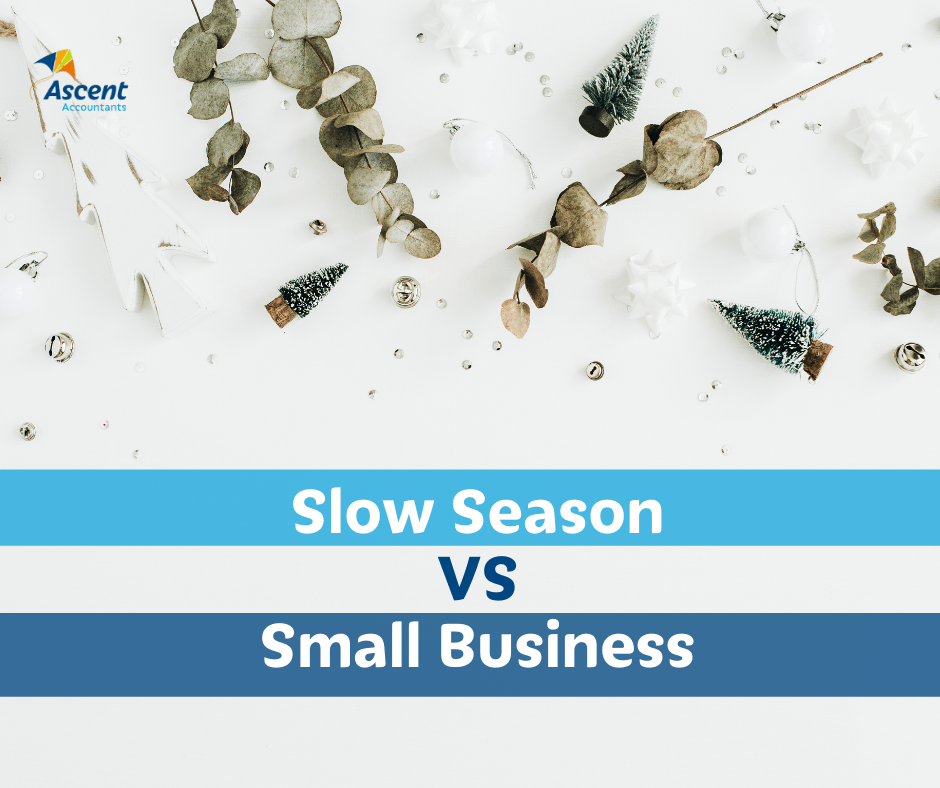Slow Season vs Small Business

Adapt and expand (as much as you can)
One of the many reasons small businesses tend to struggle at this time of the year is because they don’t adapt their product or service to their clients needs for the specific time of year. Not all small businesses have the ability to do so, but it can pay to sit down and see how your business can make changes to allow your product or service to seem more appealing to your customers, even over the quieter months. You can expand your range or adapt it to be more festive friendly. Either way, failing to plan is planning to fail, and there could potentially be plenty of options that cold help your small business still generate revenue even throughout the quieter period if you put your mind to it.
Be ahead of the curve (first in, best dressed)
Odds are, you’re not the only business that offers the product or service that you have in your area. So it can pay to be as proactive as possible. In preparation for the slower season, start promoting as soon as possible. Get yourself out there before your competitors do. If you put your business out there as soon as you can, offering your product or service before everyone else has the chance to also adapt and promote, it can really help give you a much needed boost.
Stay on top of your finances (but this doesn’t have to mean cutting expenses)
It’s the obvious issue: slow season means a lack of money coming into your business. As everyone spends more time with friends and family, and less money on their business or themselves, it can be a hard hit. While this is temporary, you need to do all that you can internally to prepare your business.
When it comes to finances, the easiest solution to jump to is usually cost cutting. While this can be effective, smarter spending can also be an effective alternative for your small business. Something like marketing can be expensive but cutting that expense could mean you are shooting yourself in the foot. Something like marketing is even more important than ever for your business in slower periods. Instead, look over your books and find small changes and cuts that you can alter. Rather than going in for the biggest expense in the business, take the time to look over everything critically and logically and make small alterations which can collectively make a massive difference.
Above all, keep calm (and carry on)
While it’s easier said than done, the most important thing to remember is to keep calm and carry on. Keep focused on your working towards your business goals and being proactive. Try to not get overwhelmed by the idea that business will slow down. Instead, use the time wisely. Whether that be to adapt or simply to use the quiet time to look over finances, plan for the new year, review your business processes and get ahead of admin work.
The slow season can be a great opportunity to stop, slow down and really review your business. Make the most of the quiet while it lasts! For most of us, we will be back and busier than ever before you know it!
Need help with your accounting?








